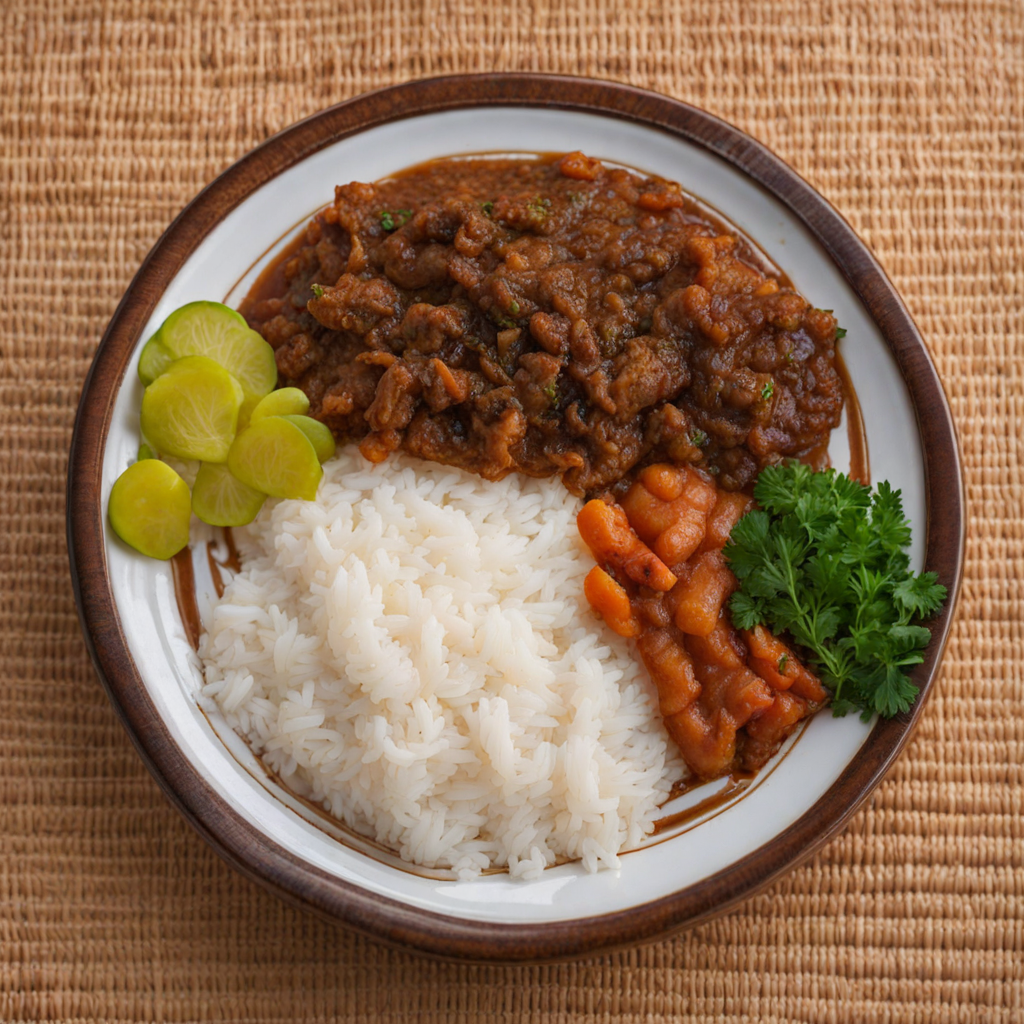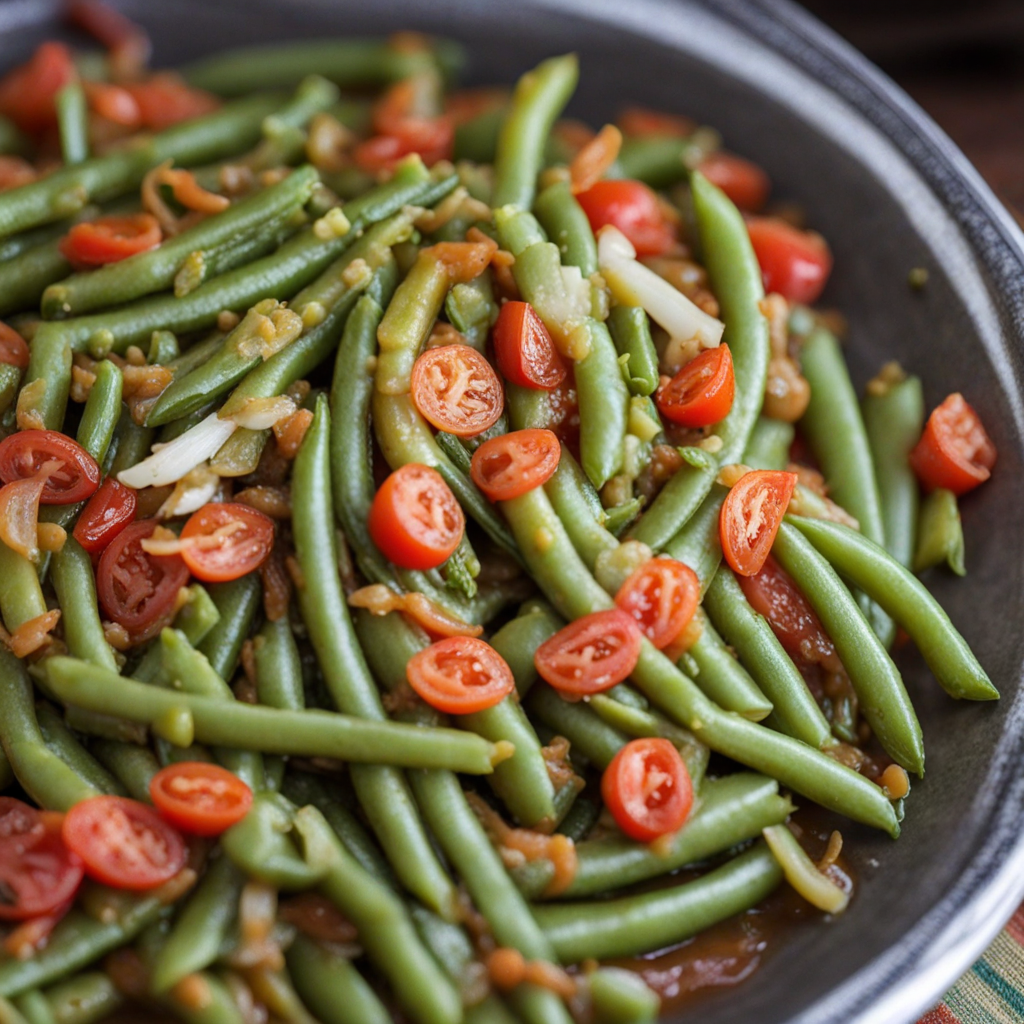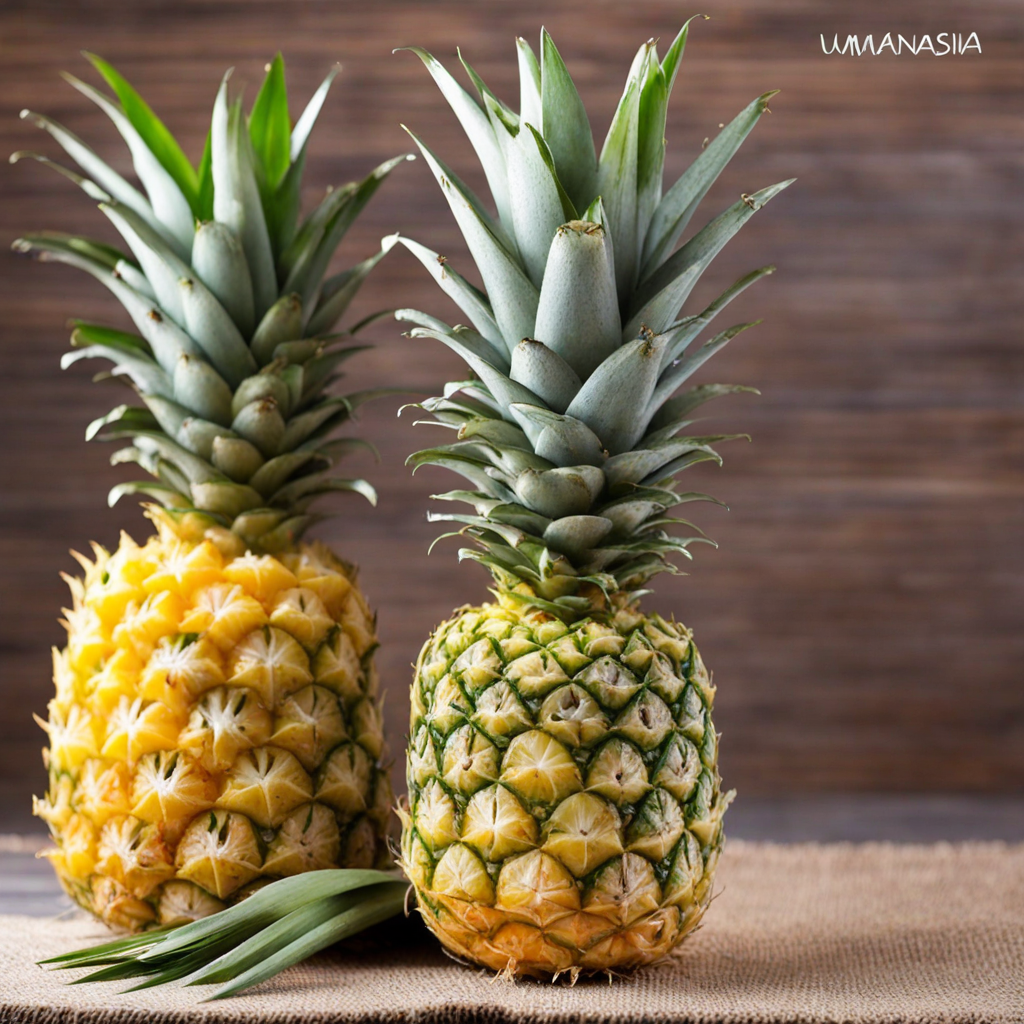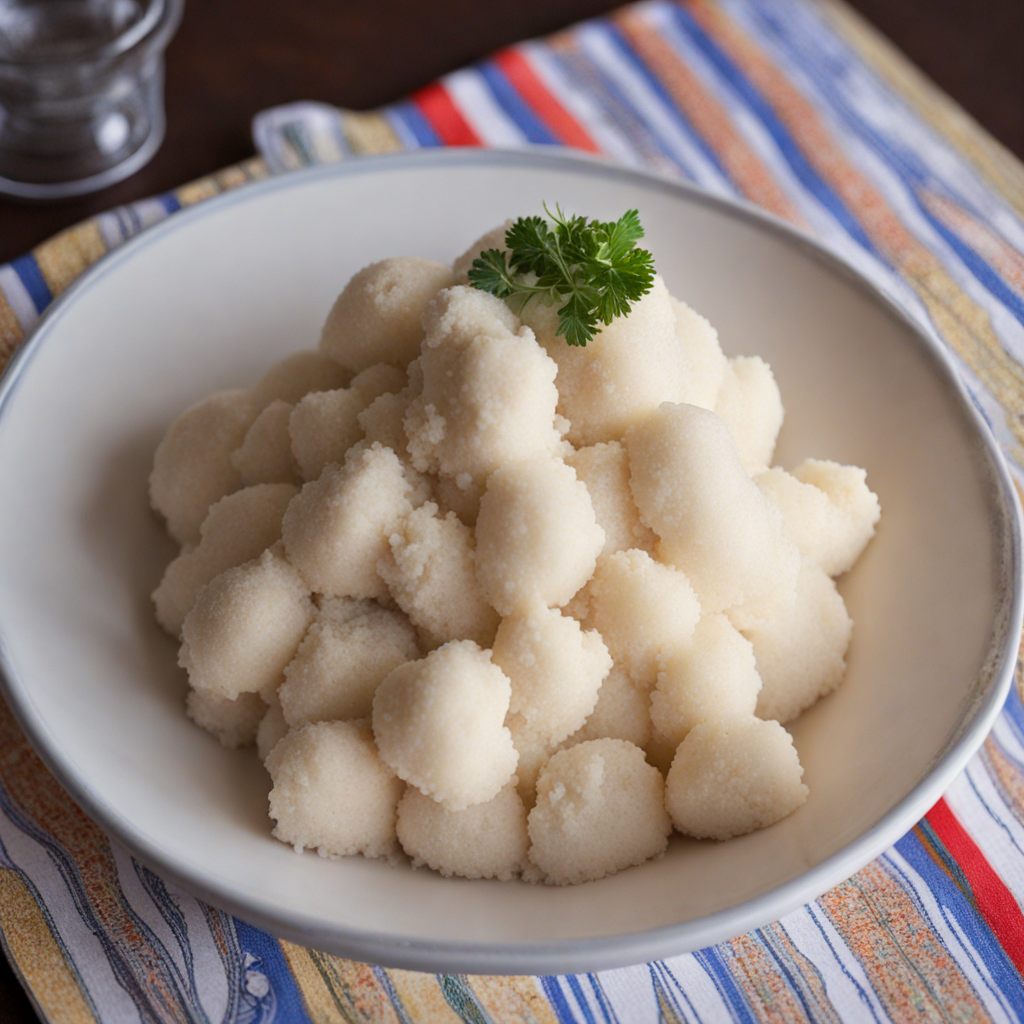Umuceri
Umuceri is a traditional Rwandan dish that offers a delightful exploration of flavors and textures. This dish primarily features fermented milk, which is rich in probiotics, lending a creamy and tangy profile that tantalizes the taste buds. The process of fermentation not only enhances the taste but also contributes to its health benefits, making Umuceri a staple in many Rwandan households. The milk is often served fresh, allowing the natural flavors to shine through, and is sometimes accompanied by a sprinkle of salt or a drizzle of honey to elevate its taste further. What makes Umuceri particularly special is its versatility. It can be enjoyed on its own, as a refreshing snack or breakfast option, or used as a base for various accompaniments. For instance, it pairs beautifully with local staples such as sweet potatoes, cassava, or even fresh fruits, creating a balanced meal that is both satisfying and nourishing. The creamy texture of the fermented milk complements these dishes, providing a refreshing contrast that enhances the overall dining experience. In addition to its rich flavor and creamy consistency, Umuceri is deeply rooted in Rwandan culture and tradition. It symbolizes hospitality and is often served during communal gatherings and celebrations, showcasing the importance of sharing food within the community. As you explore the unique taste of Umuceri, you'll not only indulge in its deliciousness but also gain insight into the vibrant culinary heritage of Rwanda, making it a truly memorable experience.
How It Became This Dish
Umuceri: A Culinary Journey Through Rwanda's History Umuceri, a traditional Rwandan dish, is more than just a staple food; it is a reflection of the country's rich cultural heritage and agricultural practices. This beloved dish, primarily made from fermented sorghum or maize, is deeply intertwined with the Rwandan way of life and embodies centuries of culinary evolution. To appreciate Umuceri fully, we must explore its origins, cultural significance, and its development over time. #### Origins of Umuceri Umuceri’s roots can be traced back to the ancient agricultural practices of the Rwandan people. Sorghum, one of the main ingredients of Umuceri, has been cultivated in East Africa for thousands of years. Archaeological evidence suggests that sorghum domestication may have occurred as early as 2000 BC in the region. Rwandans have long relied on this hardy grain due to its resilience to climate variations and its nutritional value. The use of maize in Umuceri, introduced later through trade and colonization, adds another layer to the dish’s history. Maize was brought to Africa from the Americas in the 16th century and quickly became a significant crop in various regions, including Rwanda. Over time, the combination of these grains in Umuceri represents the blend of indigenous practices and external influences, showcasing the dynamic nature of Rwandan cuisine. #### Cultural Significance Umuceri is not just a food item; it holds a special place in Rwandan culture and social life. Traditionally, it is prepared during important ceremonies, community gatherings, and family celebrations, symbolizing unity and togetherness. The act of making Umuceri often involves collective participation, where family members or community members come together to prepare and share the dish. This communal aspect reinforces social bonds and reflects the importance of community in Rwandan society. Furthermore, Umuceri is often served alongside other traditional dishes such as isombe (cassava leaves) or ibihaza (pumpkin) and is enjoyed with various meats and vegetables. This combination not only enriches the meal but also highlights the agricultural diversity of Rwanda. The ingredients used in Umuceri often depend on what is locally available, emphasizing the connection between food and the land. In Rwandan culture, food plays a vital role in rituals and spiritual practices. Umuceri, like many traditional dishes, is often associated with blessings and offerings. For instance, during ceremonies honoring ancestors or during agricultural festivals, Umuceri may be prepared as a sign of respect and gratitude to the land and the spirits. #### Development Over Time As Rwanda has evolved, so too has Umuceri. The impact of colonialism, globalization, and modern agricultural practices has influenced the way this dish is prepared and consumed. Under Belgian colonial rule in the early 20th century, Rwandan agricultural practices were transformed, leading to changes in crop cultivation and food production. Although these changes had a considerable impact on local diets, Umuceri remained a staple due to its nutritional value and cultural significance. In the post-colonial era, Rwanda experienced tumultuous changes, particularly during the 1994 genocide, which devastated both the population and the agricultural landscape. In the years following the genocide, efforts to rehabilitate the country included reviving traditional agricultural practices and food systems. Umuceri was re-emphasized as a source of nourishment and cultural identity, helping to restore a sense of normalcy in communities that had been torn apart. The resurgence of Umuceri can also be attributed to the growing interest in traditional and organic foods in the modern era. As global food trends shift toward sustainability and local sourcing, Rwandans have embraced their culinary heritage. Umuceri, with its simple ingredients and straightforward preparation, fits perfectly into this trend, offering a nutritious and culturally relevant option for contemporary diets. Moreover, the rise of food tourism in Rwanda has introduced Umuceri to a wider audience. Tourists seeking authentic culinary experiences are increasingly drawn to traditional Rwandan dishes, and Umuceri has become a highlight on many menus. Local restaurants and community kitchens are popularizing Umuceri, often accompanied by stories of its significance, thus fostering a deeper appreciation for Rwandan culture among visitors. #### Conclusion Umuceri is much more than a dish; it is a narrative woven into the fabric of Rwandan history, identity, and communal life. From its ancient origins in the fertile soils of East Africa to its role in modern culinary practices, Umuceri reflects the resilience and adaptability of the Rwandan people. It serves as a reminder of the importance of community, tradition, and the connection between food and cultural identity. As Rwanda continues to grow and change, Umuceri stands firm as a symbol of heritage, unity, and nourishment. Whether enjoyed at a family gathering, a ceremonial occasion, or a restaurant catering to tourists, Umuceri remains a cherished part of Rwandan culture, inviting all to partake in its rich history and flavor. In this way, Umuceri not only nourishes the body but also feeds the spirit, bridging past and present, and connecting generations through the shared experience of food.
You may like
Discover local flavors from Rwanda







